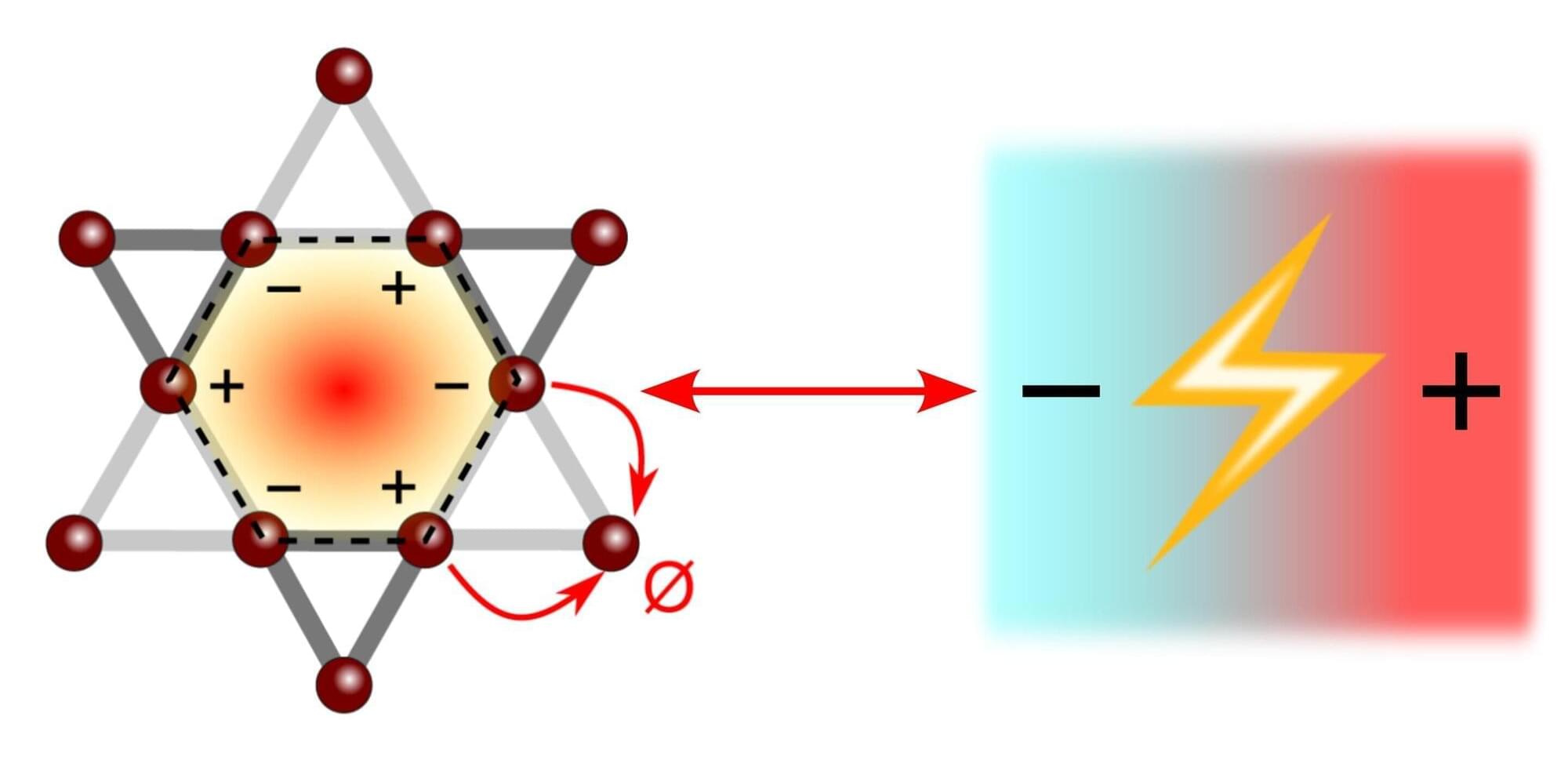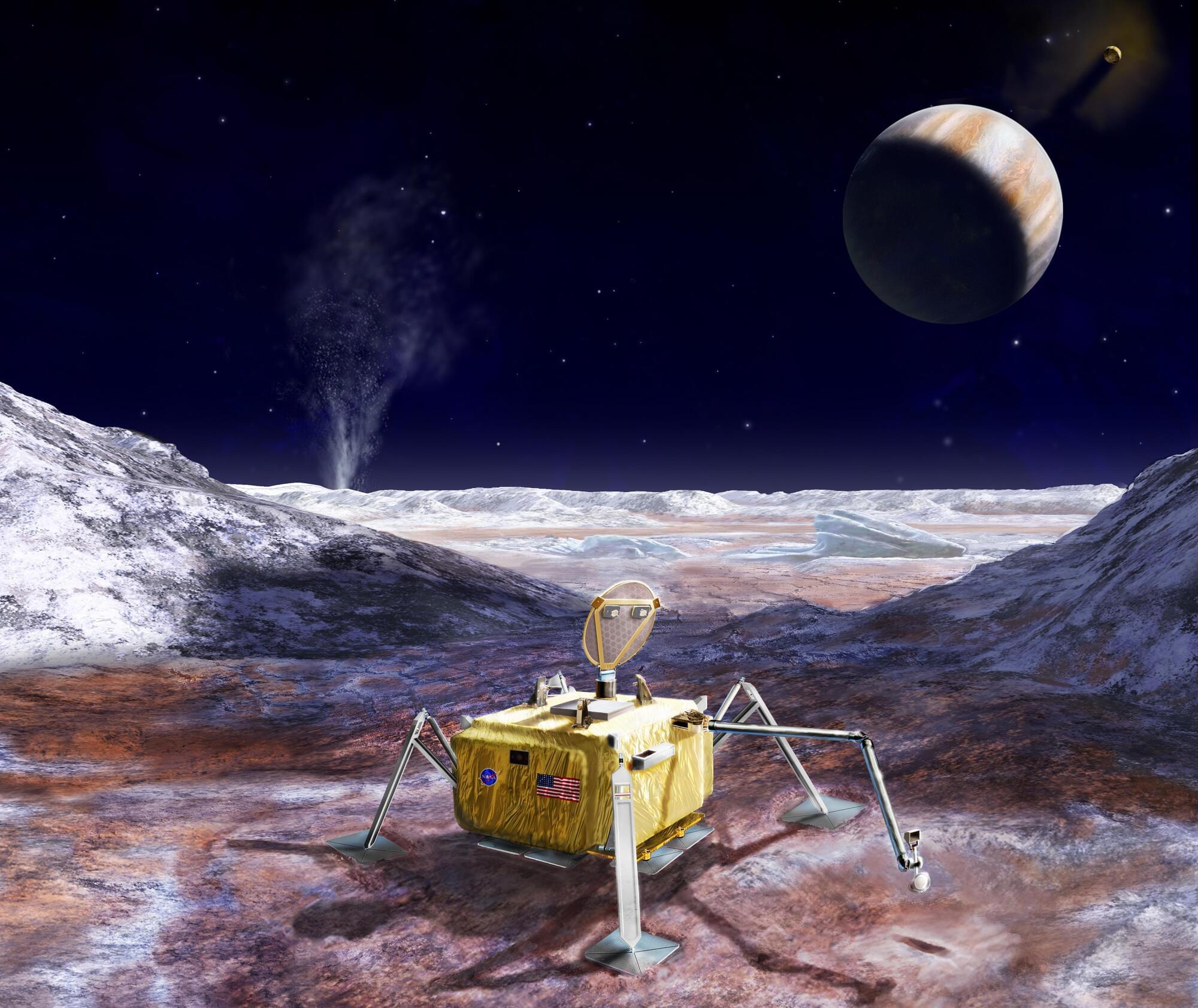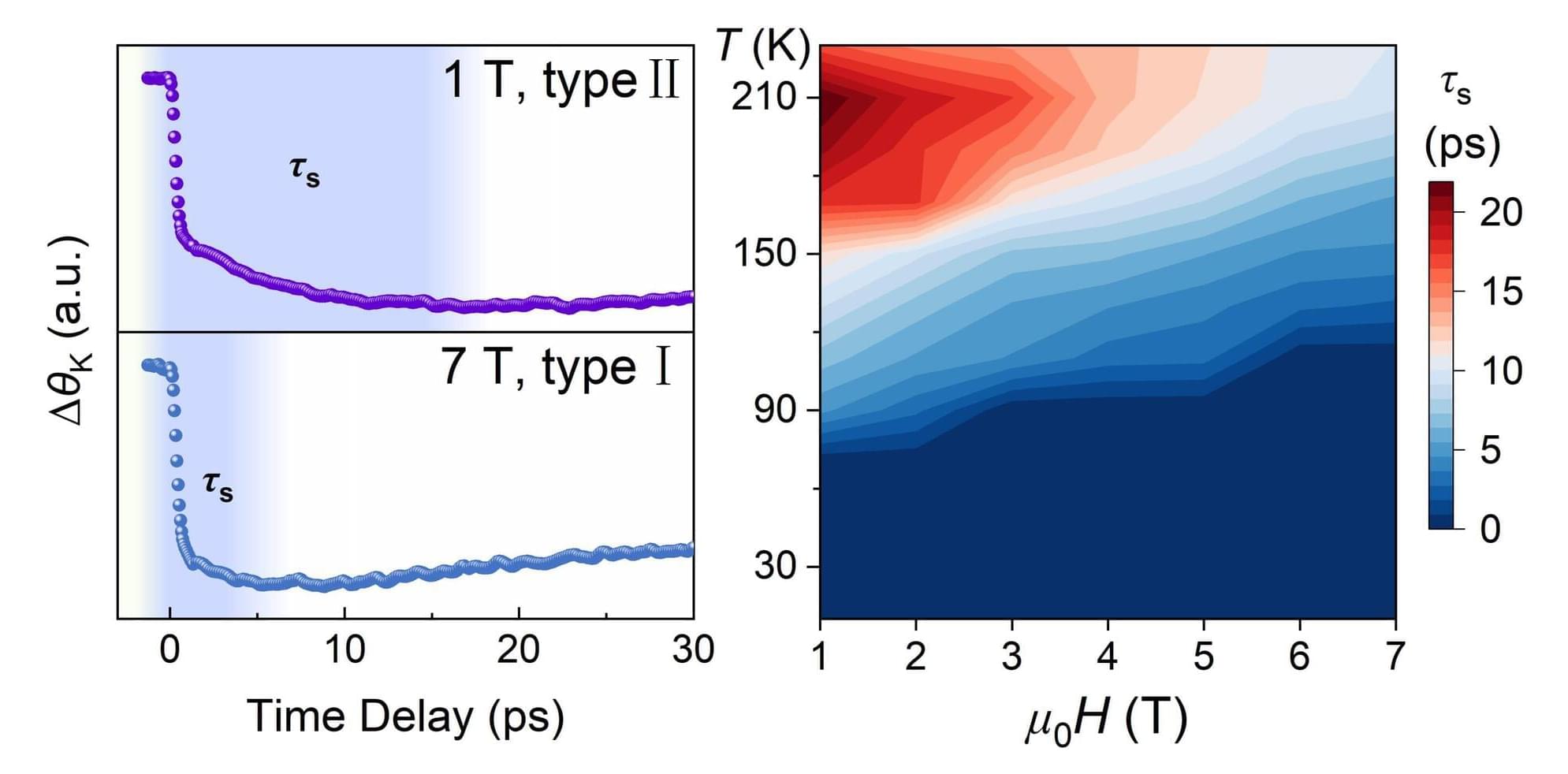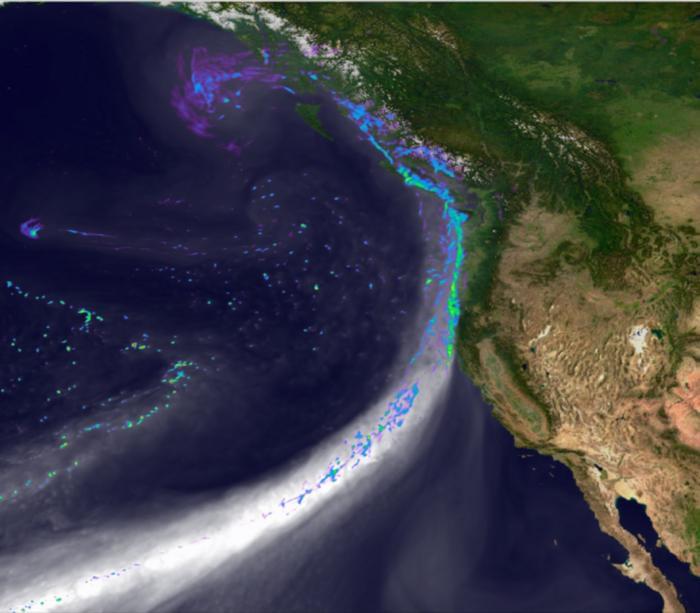Electricity can be easily converted into heat—every electric cooker does it. But is the opposite also possible? Can heat be converted into electricity—directly, without a steam turbine or similar detours?



Scientists at NPL recently published findings on laser frequency stabilization, demonstrating an unprecedented level of performance using an optical reference cavity. This advancement features a beyond state-of-the-art optical storage time and a novel approach to actively cancel spurious stabilization noise.
Frequency stabilization of lasers to optical reference cavities is a well-established method for achieving superior stability. The recent work, published in Optics Letters, significantly reduces technical stabilization noise, enabling the realization of lasers with enhanced stability performance.
The team developed an optical reference cavity measuring an extraordinary 68 cm in length, achieving a record optical storage time of 300 microseconds. To put this achievement into perspective, the light trapped between the high reflectivity mirrors at either end of the 68 cm cavity can travel approximately 100 kilometers, equivalent to twice the length of the Eurotunnel.



A research team led by Prof. Sheng Zhigao from the Hefei Institutes of Physical Science of the Chinese Academy of Sciences, in collaboration with Prof. A.V. Kimel from Radboud University, has demonstrated that strong magnetic fields can effectively regulate laser-induced ultrafast demagnetization in a two-dimensional (2D) van der Waals (vdW) ferromagnet.



Chen et al. compared scRNA-seq profiles of four tissues in metabolic syndrome (MetS) models induced by fructose or high-fat high-sucrose diets, revealing differential tissue, cellular, and molecular vulnerability between diets. Regulatory genes and pathways were identified, and networks were rewired in MetS. mt-Rnr2 was validated as a key regulator.

